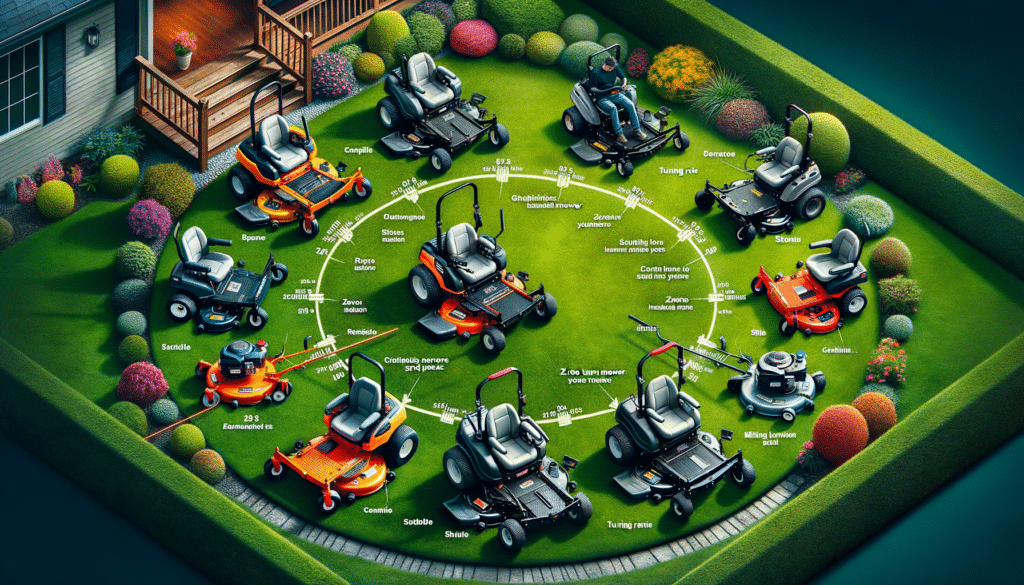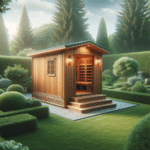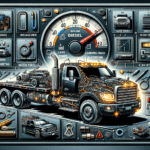Riding Lawn Mower Features
Riding lawn mowers are a popular choice for homeowners with medium to large yards. They offer a comfortable and efficient way to maintain your lawn. One of the standout features of riding mowers is their ease of use. With a steering wheel and a comfortable seat, these mowers allow you to navigate your yard with minimal physical effort.
Key features of riding lawn mowers include:
- Deck Size: Riding mowers typically have a deck size ranging from 30 to 54 inches, allowing you to cover more ground in less time.
- Engine Power: These mowers come equipped with powerful engines, often ranging from 12 to 25 horsepower, providing the necessary power to tackle tough grass and uneven terrain.
- Transmission: Options like manual, automatic, and hydrostatic transmissions offer varying levels of control and ease of use.
- Attachments: Many riding mowers support a variety of attachments such as baggers, mulchers, and trailers, enhancing their versatility.
Riding mowers are ideal for those who prioritize comfort and efficiency in their lawn care routine. However, they may not be suitable for yards with numerous obstacles or tight corners, as maneuverability can be limited compared to other types of mowers.
Zero Turn Mower Pros and Cons
Zero turn mowers are renowned for their exceptional maneuverability, making them a favorite among professional landscapers and homeowners with complex yard layouts. The defining feature of zero turn mowers is their ability to pivot 180 degrees, allowing for precise cutting around obstacles and tight spaces.
Pros of zero turn mowers include:
- Speed: With speeds up to 8 mph, zero turn mowers can significantly reduce mowing time.
- Maneuverability: The zero-turn radius allows for easy navigation around trees, flower beds, and other obstacles.
- Cut Quality: These mowers provide a clean, even cut, enhancing the overall appearance of your lawn.
However, zero turn mowers also have some cons:
- Cost: They tend to be more expensive than traditional riding mowers.
- Learning Curve: Operating a zero turn mower can require some practice, particularly for those new to this type of equipment.
- Traction: On slopes or wet grass, zero turn mowers may struggle with traction, posing a challenge for some users.
Overall, zero turn mowers are an excellent choice for those who need to navigate complex landscapes quickly and efficiently, but they may not be the best fit for every yard or budget.
Riding Mower vs Zero Turn
When deciding between a riding mower and a zero turn mower, it’s essential to consider your specific needs and the characteristics of your yard. Riding mowers are generally more affordable and easier to operate, making them suitable for straightforward mowing tasks. They are especially useful in open areas where maneuverability is less of a concern.
In contrast, zero turn mowers excel in environments where precision and speed are crucial. Their ability to handle tight turns and obstacles with ease makes them ideal for complex landscapes. However, the higher cost and learning curve may deter some homeowners.
Consider the following factors when choosing between the two:
- Yard Layout: If your yard has many obstacles, a zero turn mower might be more efficient.
- Budget: Riding mowers are generally more budget-friendly.
- Experience: Riding mowers are easier for beginners, while zero turn mowers require some practice.
- Time: If reducing mowing time is a priority, the speed of a zero turn mower might be beneficial.
Ultimately, the choice between a riding mower and a zero turn mower will depend on your yard’s specific needs and your personal preferences. Both types of mowers offer unique advantages, and understanding these can help you make an informed decision.


